19 Sep Lurbinectedin in patients with pretreated germline BRCA1/2 metastatic breast cancer
In patients with pretreated germline BRCA1/2 breast cancer who had received a median of two prior chemotherapy lines for advanced disease, treatment with Lurbinectedin (a selective inhibitor of oncogenic transcription) showed an ORR of 28.6% (95% CI 11.3% to 52.2%), median DoR was 8.6 months, median PFS was 4.1 months and median OS was 16.1 months. No objective response was observed among patients who had received prior poly (ADP-ribose) polymerase inhibitors. This study showed the activity of lurbinectedin in germline BRCA1/2 breast cancer with a predictable and manageable safety profile. (Ref: Boni V et al, ESMO Open. Aug 26, 2022)
#oncologyresearch #clinicalresearch #clinicaldevelopment
https://www.linkedin.com/feed/update/urn:li:activity:6977591785254465536




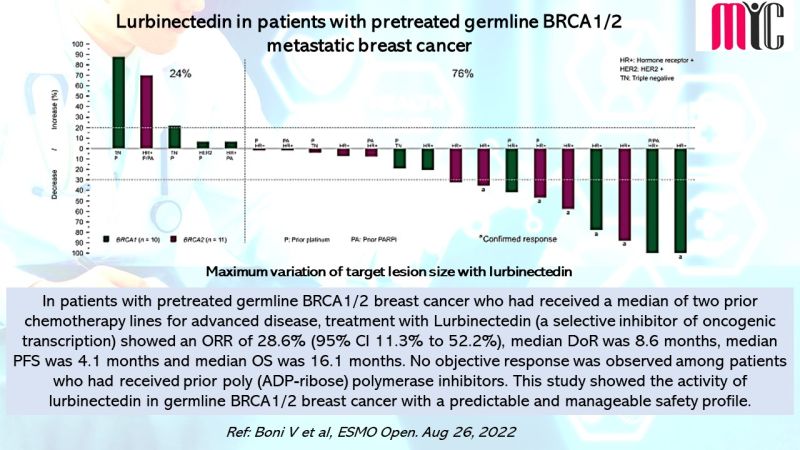
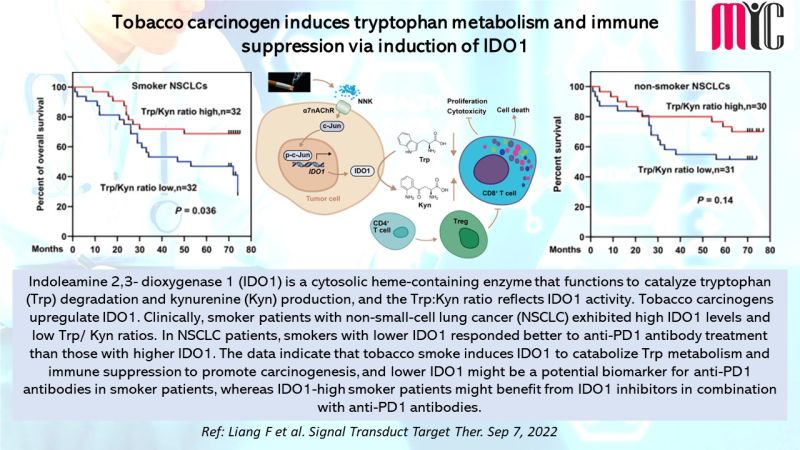
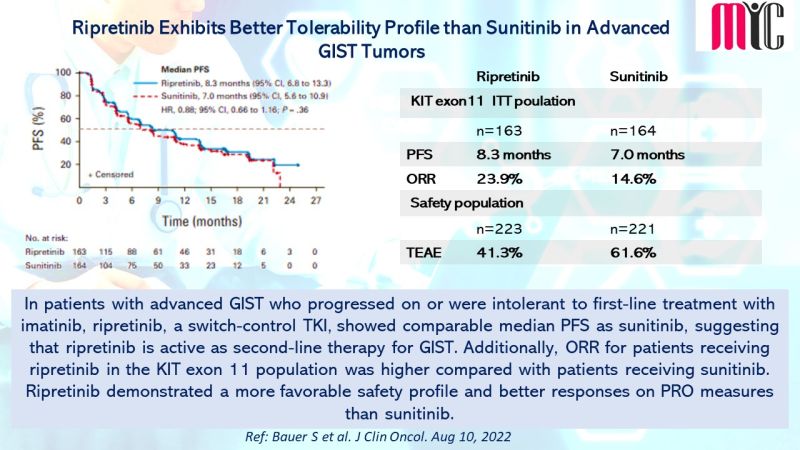
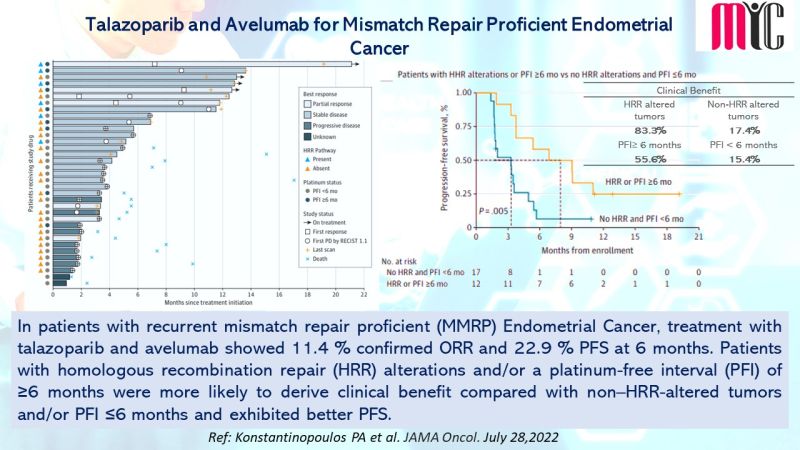
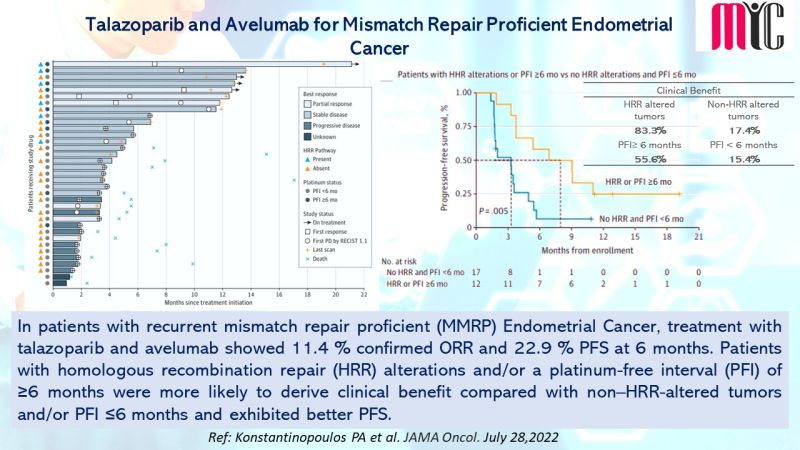
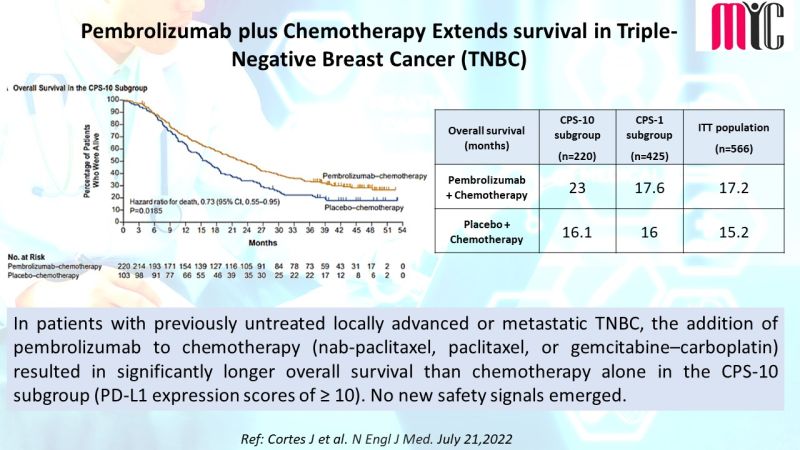

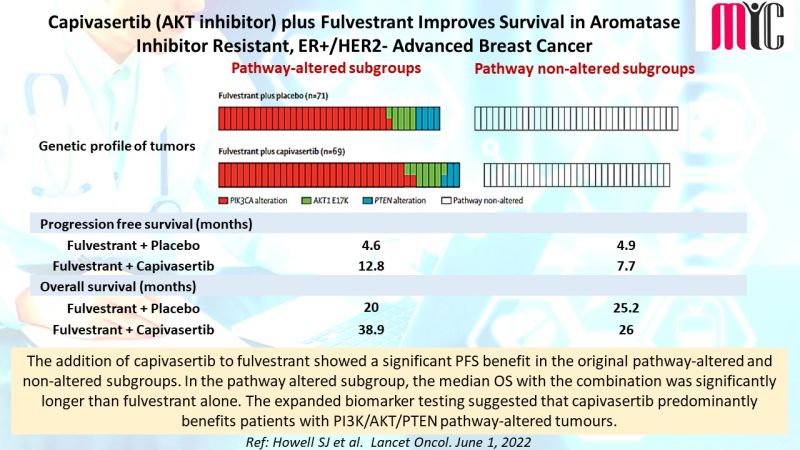


#oncologyresearch #clinicaldevelopment